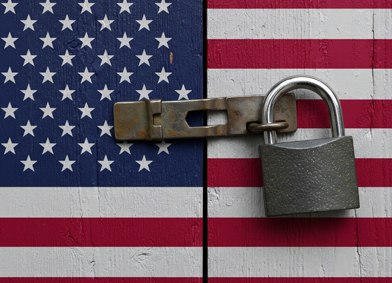Call Us Today (203) 439-7731
Call Us Today (203) 439-7731

As the U.S. federal government enters its sixth day of partial shutdown—triggered by Congress's failure to pass funding legislation by the September 30 deadline—millions of Americans are bracing for disruptions. For the nation's 67 million seniors relying on federal programs like Social Security and Medicare, the effects aren't immediate chaos, but a creeping strain that could build over days, weeks, and months. While essential benefit payments are protected under mandatory spending laws, the closure of offices, staff furloughs, and administrative bottlenecks mean delays in support services that many older adults depend on daily.
Experts and advocacy groups, including AARP and the Social Security Administration (SSA), emphasize that the shutdown's true toll on seniors will depend on its duration. With negotiations stalled and no clear end in sight—some insiders point to October 15 as a potential flashpoint when military paychecks could falter—the question on many retirees' minds is: How long until I feel it? Here's a breakdown of the timeline, based on historical precedents from the 2018-2019 shutdown and current agency guidance.
In the short term, seniors are largely insulated from payment interruptions. Social Security checks—totaling about $1.4 trillion annually for retirees, disabled workers, and survivors—will continue flowing on schedule. The next wave of payments, due between October 9 and 14 for most recipients, won't be delayed, as these are automated and funded through prior appropriations. Medicare and Medicaid reimbursements to healthcare providers will also proceed uninterrupted, ensuring hospital visits and prescriptions aren't suddenly unaffordable.
However, the pain points start right away for those needing hands-on help:
For the roughly 10% of seniors who are federal retirees or veterans, pension deposits remain secure. But VA medical centers could see appointment backlogs as non-essential staff are furloughed. In essence, Week 1 feels like a waiting room: quiet but anxious.
If the shutdown stretches into mid-October—as some lawmakers fear, with Senate votes on stopgap measures yielding little progress—the ripple effects intensify. Payments stay on track, but the human element suffers.
Financially, some seniors might dip into savings for uncovered needs, like travel to distant open services. Advocacy groups report early calls spiking 50% on hotlines, signaling rising stress.
| Impact Area | Week 1 Effect | Weeks 2-4 Effect |
|---|---|---|
| Social Security Payments | On time | On time, but appeals delayed 2-4 weeks |
| Office Access | Closed immediately | Backlog grows; virtual options strained |
| Medicare Coverage | Unaffected | Authorization delays; enrollment snags |
| COLA Announcement | Monitoring | Potential delay to late October/November |
Should the impasse endure beyond Halloween—echoing the record 35-day shutdown of 2018—the consequences for seniors escalate from inconvenience to crisis.
Historical data underscores the urgency: The 2013 shutdown (16 days) saw SSA claims backlogs persist for three months afterward, while 2018's marathon left 800,000 federal workers (many near retirement) in arrears, indirectly straining family support networks.
In the meantime, the SSA urges using online tools at SSA.gov for basic needs, like checking statements or applying for benefits digitally—options that remain operational. Medicare beneficiaries should contact plans directly for urgent issues, and veterans can lean on local VA resources.
This shutdown isn't just political theater; it's a timer ticking down on the lifelines of America's oldest citizens. With 10,000 Baby Boomers turning 65 daily, delaying resolution risks a humanitarian footnote in an already divisive era. Lawmakers: The clock's running. For seniors, every day counts.